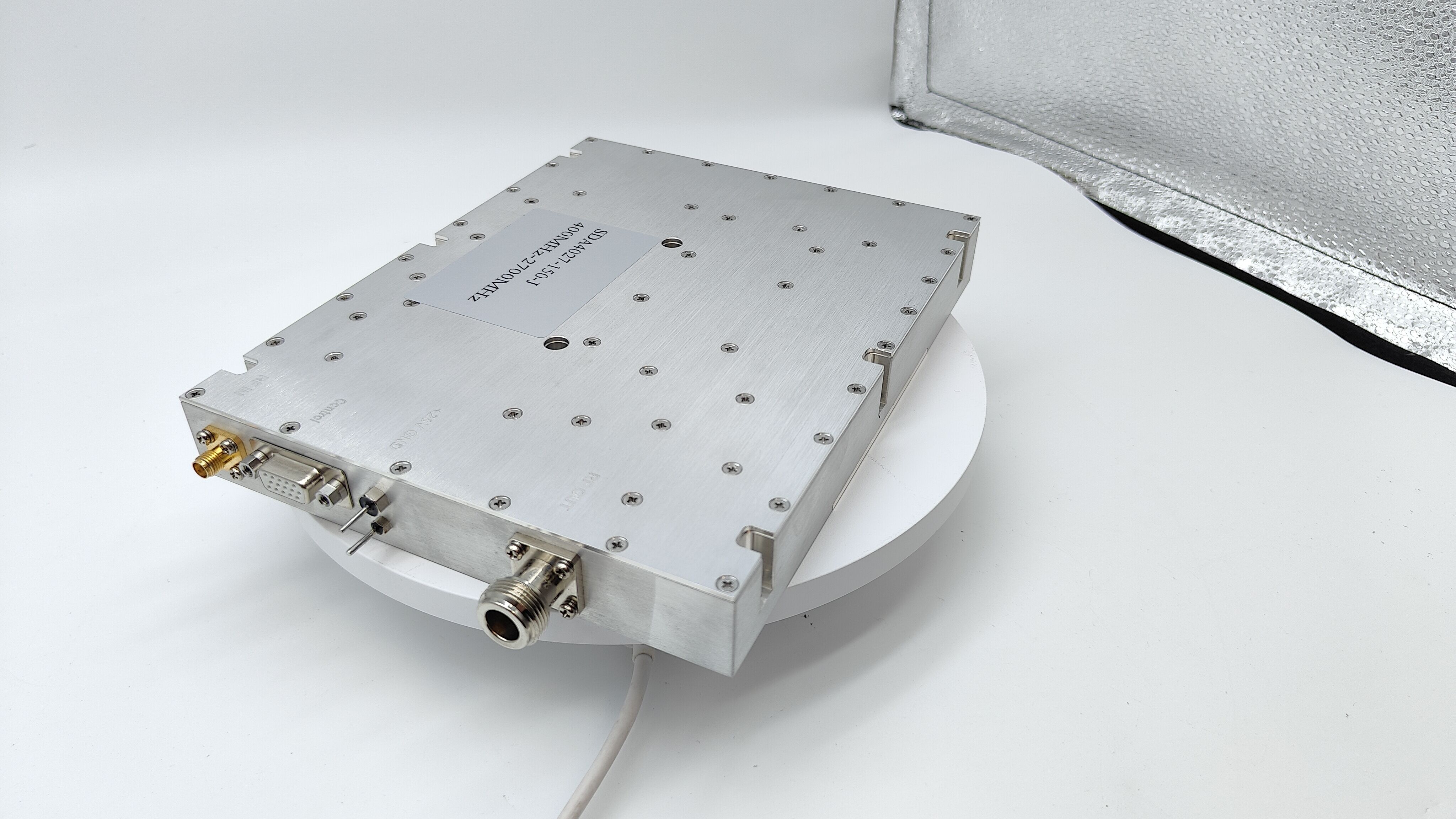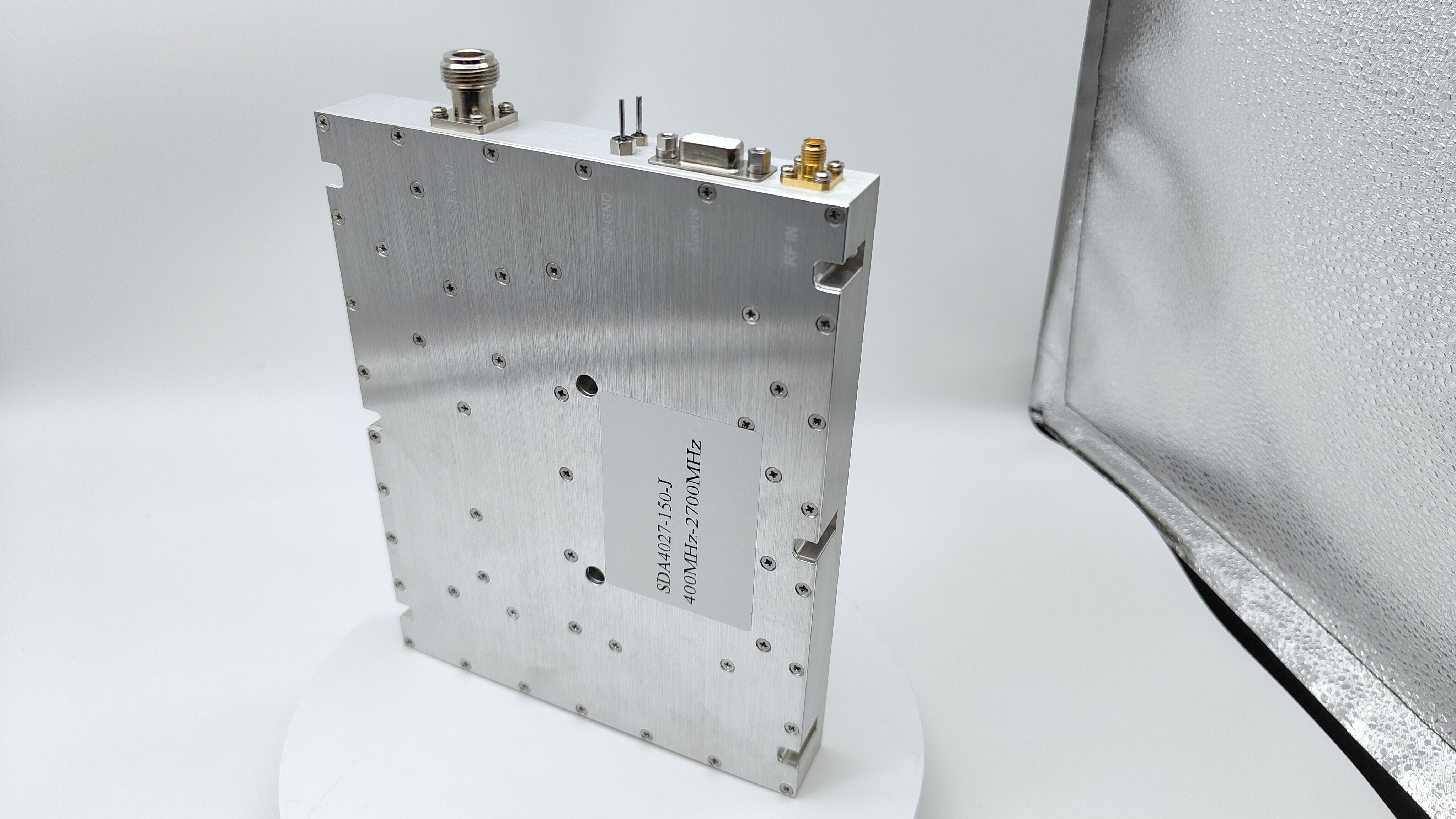How Can Radio Frequency Jamming Equipment Be Integrated with Other Security Systems for Enhanced Protection?
Radio frequency jamming equipment is powerful on its own, but when combined with other security systems—like cameras, sensors, or access controls—it creates a seamless, layered defense. This integration turns separate tools into a coordinated network that detects threats faster, responds automatically, and reduces gaps in protection. Let’s explore how radio frequency jamming equipment works with other systems to boost security, with real-world examples and key benefits.
1. Integration with Surveillance Systems: Detect, Identify, Jam
Surveillance systems (cameras, motion sensors, thermal scanners) spot threats, while radio frequency jamming equipment neutralizes them. Together, they create a "see-and-stop" loop.
- Camera-triggered jamming: Security cameras with AI can recognize unauthorized devices—like a drone flying over a prison or a cell phone in a restricted area. Once detected, the camera system sends a signal to the radio frequency jamming equipment, which activates to disrupt the device’s signal. For example: A thermal camera at a military base spots a drone at night. The camera identifies it as unregistered, then triggers the jamming equipment to block its 2.4 GHz control link, forcing it to land.
- Motion sensor coordination: Motion sensors in a warehouse can detect someone trying to use a hidden radio to communicate with an outsider. The sensor alerts the security hub, which activates radio frequency jamming equipment to block the radio’s frequency (e.g., 400 MHz), stopping the communication before it starts.
By linking detection (surveillance) to disruption (jamming), this integration stops threats before they cause harm.
2. Integration with Access Control Systems: Restrict Signals in Secured Zones
Access control systems (keycards, biometric scanners) limit physical entry to secure areas. Radio frequency jamming equipment adds a layer by restricting wireless signals within those zones.
- Zone-specific jamming: Access control systems track which areas are secured (e.g., a bank vault, a data center server room). When a door to a secured zone is locked, the system triggers radio frequency jamming equipment to block signals only in that zone. This prevents someone inside from using a cell phone or radio to leak information. For example: A hospital’s access control system locks the pharmacy door. It then tells the jamming equipment to block 5G and Wi-Fi signals inside, stopping theft of prescription drugs via wireless coordination.
- Unauthorized entry response: If someone bypasses access control (e.g., tailgates through a door), the system alerts radio frequency jamming equipment to block all nearby signals. This prevents the intruder from calling for help or activating a remote device (like a bomb trigger).
This pairing ensures secured areas are protected both physically and wirelessly.

3. Integration with Drone Detection Systems: Targeted Anti-Drone Defense
Drone detection systems (radar, RF scanners) spot rogue drones, but they can’t stop them alone. Radio frequency jamming equipment adds the "stop" function.
- Automated drone takedown: Drone detection systems use radar or radio scanners to track a drone’s location and frequency. Once identified as a threat, they send this data to radio frequency jamming equipment, which targets the drone’s control (2.4 GHz) and video (5.8 GHz) bands. For example: An airport’s drone detector spots a drone approaching runways. It tells the jamming equipment to jam its signals, forcing the drone to land safely away from planes.
- Drone ID verification: Some detection systems check if a drone has a valid ID (required in many countries). If not, they trigger radio frequency jamming equipment to disable it, while letting legal drones (e.g., emergency services drones) fly unharmed.
This integration is critical for protecting airports, stadiums, and government buildings from drone threats.
4. Integration with Alarm and Response Systems: Coordinated Threat Response
Alarm systems alert security teams to breaches, but radio frequency jamming equipment ensures threats can’t escalate while teams respond.
- Alarm-triggered jamming: When an alarm (e.g., a break-in alert at a jewelry store) sounds, it activates radio frequency jamming equipment to block cell phones and radios. This stops thieves from calling accomplices or coordinating their escape. For example: A store’s glass-break alarm goes off. The system jams all nearby cell signals, preventing the thieves from alerting a getaway driver.
- Response team coordination: While security teams rush to the scene, jamming equipment keeps the area’s signals blocked, ensuring the threat can’t communicate. Once the team arrives, they can manually disable the jammer to use their own radios.
This ensures threats are isolated until help arrives.
5. Integration with Network Security: Remote Monitoring and Control
Network security systems (firewalls, cloud dashboards) let teams monitor and control security tools remotely. Radio frequency jamming equipment, when connected to these networks, becomes part of a centralized defense.
- Remote jammer management: Security teams use a cloud dashboard to monitor radio frequency jamming equipment across multiple locations (e.g., a chain of banks). They can turn jammers on/off, adjust frequencies, or check battery levels from anywhere. For example: A security manager sees via the dashboard that a bank branch’s jammer is low on power. They send a alert to local staff to recharge it, ensuring no gaps in protection.
- AI-driven threat prioritization: Network systems analyze data from all connected tools (cameras, sensors, jammers) to prioritize threats. If multiple issues arise (e.g., a drone and a cell phone), the AI tells radio frequency jamming equipment to focus on the more dangerous one first (e.g., the drone near a crowd).
This integration makes large-scale security manageable and responsive.
6. Key Benefits of Integration
Combining radio frequency jamming equipment with other systems offers clear advantages:
- Faster response: Automation cuts the time between detecting a threat and disrupting it—from minutes (manual) to seconds (automated).
- Reduced human error: Systems communicate automatically, so there’s no delay from human decision-making.
- Targeted action: Jamming is focused only on threats, avoiding disruption to legal signals (thanks to whitelisting and zone controls).
- Scalability: Integrated systems work across large areas (cities, campuses) by linking multiple jammers and sensors.
FAQ
Do integrated systems risk jamming legal signals (like 911 calls)?
No, if set up with whitelisting. Systems can be programmed to avoid emergency frequencies, and some pause jamming if a 911 call is detected.
Can small businesses afford this integration?
Basic integration (e.g., a camera linked to a portable jammer) is affordable. Larger setups (cloud-based) are pricier but scalable for growing businesses.
How do systems avoid false triggers (e.g., jamming a legal drone)?
Advanced detection systems use AI to verify threats (checking drone IDs, signal patterns) before triggering jamming, reducing false alarms.
Is integration difficult to set up?
Modern systems use standard protocols (Wi-Fi, Bluetooth, API links) for easy connection. Many security companies offer pre-integrated packages.
Can integrated systems work offline?
Yes, basic integration (e.g., camera to jammer via wired connection) works without internet. Cloud features need connectivity but aren’t mandatory.
Table of Contents
- 1. Integration with Surveillance Systems: Detect, Identify, Jam
- 2. Integration with Access Control Systems: Restrict Signals in Secured Zones
- 3. Integration with Drone Detection Systems: Targeted Anti-Drone Defense
- 4. Integration with Alarm and Response Systems: Coordinated Threat Response
- 5. Integration with Network Security: Remote Monitoring and Control
- 6. Key Benefits of Integration
- FAQ

 EN
EN






